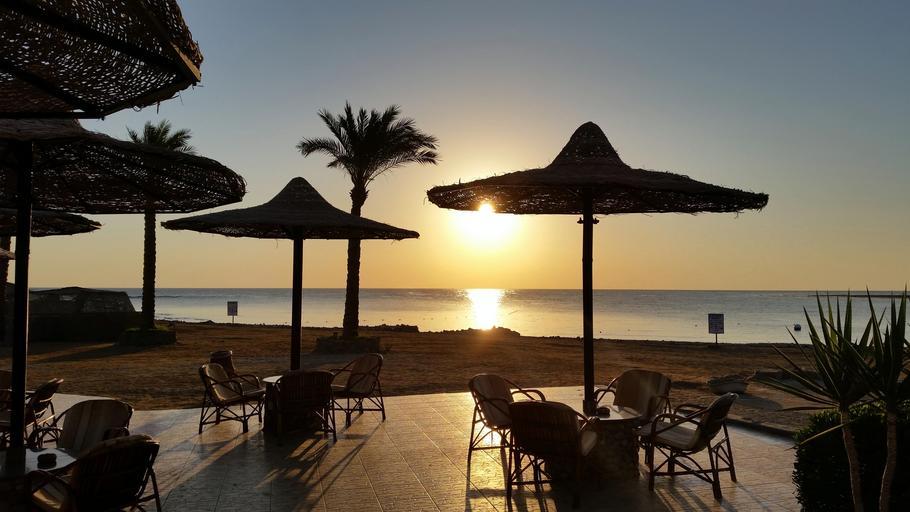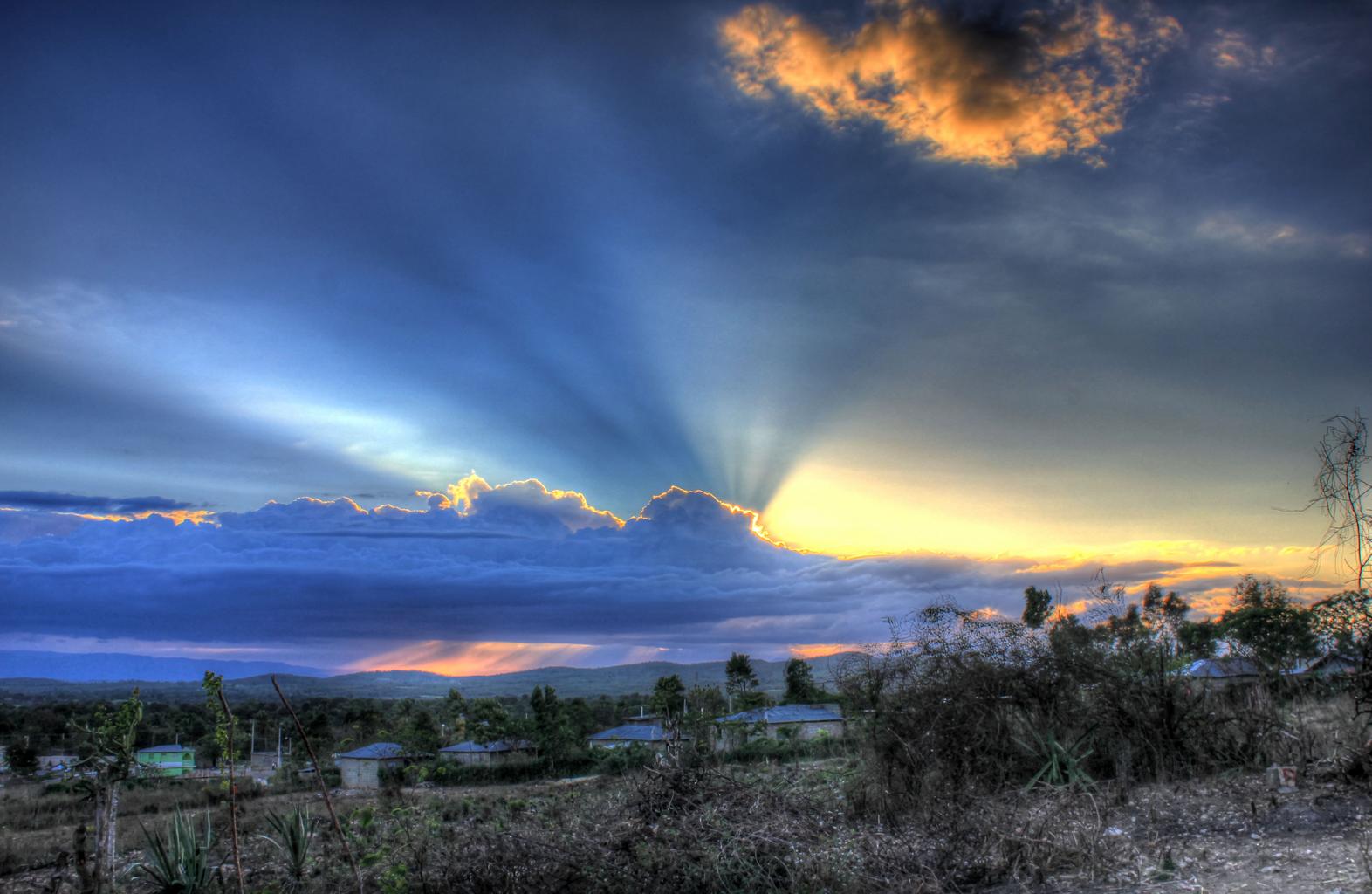Introduction
In the realm of photography, couple of subjects evoke as much wonder and ethereal charm as frozen lakes. The fragile interaction between ice and light creates a canvas where nature's artistry unfolds in breathtaking style. In this expedition entitled "Frozen Lake Fantasies: A Journey Through Ice and Light," we will dive deep into various facets of recording these ephemeral minutes through the lens. From long exposure photography to self-portrait art in photography, this short article intends to offer you with a comprehensive understanding of how to harness the magic of frozen lakes.
Frozen Lake Fantasies: A Journey Through Ice and Light
Imagine standing at the edge of a frozen lake, the air crisp with winter season's chill, your breath noticeable in soft puffs against the bright morning light. The landscape is an unblemished work of art, shimmering with reflections that dance on the surface of the ice. Here, photographers can capture not simply images but emotions; every snap of the shutter commemorates short lived minutes-- the pearls of time escaping like melting ice.
In this area, we check out how to change these minutes into enduring memories through numerous designs of photography that highlight both method and artistry. Whether you're drawn to black and white photography for its nostalgic feel or long exposure photography for its ability to convey movement in stillness, frozen lakes provide limitless opportunities for creative expression.
The Appeal of Frozen Lakes in Photography
The Appeal of Winter's End
As winter draws to a close, lakes start their change-- a spectacular display screen that indicates spring's method. Recording this shift can be extremely gratifying; it invites viewers to check out themes such as rebirth and renewal. Photographers frequently discover themselves enchanted by scenes featuring melting ice-- each drip sending out ripples across the water's surface-- a metaphorical https://www.oskuleinonenphotography.com/Traces-and-Stories/Self-Portrait-Photos nod to life awakening after a long slumber.

Capturing Melting Ice in Photography
Photographing melting ice requires an intense awareness of timing and light conditions. The soft early morning light develops a wonderful atmosphere that enhances textures and contrasts within your images. Try out various angles can yield spectacular results; low viewpoints may highlight shadows on ice while exposing surprising information concealed from view.
Techniques for Catching Melting Ice:
Timing: Early mornings or late afternoons yield softer shadows and warmer tones. Composition: Usage leading lines created by fractures or developments in the ice. Close-ups: Get intimate with your topic by catching droplets as they form or fall.Exploring Long Direct exposure Photography
The concept of long exposure photography invites imagination into your frozen lake shots. By using slower shutter speeds, you can create dreamlike qualities that transform water into silken fabrics while keeping sharpness in foreground aspects like trees or rocks. Envision a peaceful landscape where time appears suspended-- this effect allows photographers to capture both motion and stillness simultaneously.
Tips for Long Direct exposure Photography:
- Use a tripod for stability to avoid camera shake. Employ neutral density filters to extend exposure times even during daylight. Keep an eye on weather changes; clouds can add remarkable impacts when recorded over extended periods.
Embracing Nature's Contrast: Shadows on Ice
Finding Balance In between Light and Dark
Shadows on ice create dramatic contrasts that boost visual storytelling within landscape pictures. It is essential to understand how light interacts with surface areas-- how it twists around kinds, lengthens figures, or develops stark silhouettes against reflective backgrounds.
Crafting Shadow Play:
- Position yourself relative to your subject so that shadows cast unique shapes on icy surfaces. Capture backlit silhouettes which highlight lays out while protecting information within the shadow itself.
Creating Shape Art in Photography
Silhouettes include a component of secret while highlighting form over information-- an ideal match for scenes set versus huge frozen stretches. Using strong backlighting from rising suns helps come up with those striking lays out, making figures stick out perfectly versus icy backdrops.
Steps for Efficient Shape Photography:
Position yourself between your topic and the light source. Expose for the background instead of your subject. Consider utilizing minimalistic composition techniques-- the fewer distractions, the more powerful your shape will appear.Transitional Photography: Between Seasons
Capturing Liminal Spaces
Liminal areas-- the thresholds between states-- offer distinct photographic chances throughout seasonal transitions like winter season's end heralding spring thaw. As nature shifts from one phase to another, professional photographers can imagine these changes through their lenses by focusing on subtle modifications taking place over time.

Suggested Themes:
- Documenting the contrast between snow-covered landscapes versus emerging greenery. Exploring fading kinds; aspects vanishing underneath melting snow or water.
Spring Thaw as Creative Inspiration
The spring thaw is typically accompanied by soft reflections dancing across recently unfrozen waters-- these minutes are ripe for artistic self-expression through photography! The moving colors welcome experimentation; pastel colors emerge from below layers of frost offering fresh combinations rarely seen throughout colder months.
Self-Portrait Art in Photography: Solitude in Nature
Embracing Privacy Through Self-Portraits
Incorporating oneself into these serene landscapes adds layers of indicating beyond simple visuals-- it embodies creative self-expression rooted deeply within nature's embrace! Think about utilizing reflective surfaces discovered upon frozen lakes creatively framing contemplative figures within expansive vistas.
Self-Portrait Techniques:
Use timers or remote triggers when photographing alone. Seek out appealing backgrounds-- trees silhouetted against dawn might function as perfect companions within compositions. Experiment with clothing choices-- a wool coat may stimulate warmth amidst cold surroundings!Creating A Reflective Mood
Photographers frequently look for ways to communicate psychological depth through their work; making use of natural elements like water can assist achieve this objective successfully! Soft reflections sparkling upon icy surface areas produce parallels in between inner ideas & & external truths-- a stunning metaphor worth checking out visually!
Soft Morning Light: Ethereal Landscapes Await
Utilizing Natural Light Effectively
Natural light presents many opportunities-- from extreme midday rays producing plain contrasts all day long-- to gentle radiances illuminating scenes throughout golden hours! Understanding how different times affect tonal ranges is important when aiming for ethereal landscapes soaked in heat & & tranquility!
Tips For Dealing with Soft Early morning Light:
Arrive early enough before sunrise for ideal conditions! Wait till after dawn has actually broken totally-- those initial minutes yield softer tones without overwhelming brightness! Employ strategies such as soft focus or blurred lines purposefully produce dreamlike qualities improving overall aesthetics!Photography as Poetry: The Dreamlike Quality Unfolds
Translating Emotions Into Visuals
Photographic imagery holds power comparable to poetry-- it stimulates feelings while informing stories without uttering a word! Each shot records fleeting emotions experienced at specific moments throughout life's journey allowing audiences connections that transcend language barriers entirely!
How To Infuse Poetry Into Your Work:
Focus on emotion-driven themes rather than mere aesthetics alone! 2. Take time reflecting before snapping pictures-- what do each scene mean emotionally? 3. Capture spontaneous moments-- they frequently contain raw credibility breathing life into images!FAQs About Frozen Lake Photography
1)What equipment is finest matched for catching frozen lakes?
Using a DSLR or mirrorless cam coupled with versatile lenses (wide-angle & telephoto)works excellent! Tripods are vital when explore long direct exposures too!
2)How ought to I dress when photographing frozen lakes?
Dress warmly in layers! Wool coats keep warmth intact while offering stylish shapes-- do not forget gloves either!

3)What time is best for photographing frozen lakes?
Early mornings right before sunrise provide stunning soft lighting impacts best capturing ethereal qualities intrinsic landscapes transitioning seasons!
4)Can I utilize modifying software post-processing my images taken at frozen lakes?
Absolutely! Modifying software improves colors & contrasts assisting raise visual impact nevertheless aim keep natural looks retaining authenticity throughout process!
5)How do I guarantee my safety while shooting near icy areas?
Stay mindful around edges where thin layers might give way quickly! Stick developed paths preventing untried locations constantly prioritize individual security first!
6 )Exist specific themes I must focus on when photographing winter landscapes?
Consider checking out subjects like privacy vs community contrasting seclusion illustrated along with expansive nature surrounding individuals captured liminal spaces enhancing storytelling dynamics across frames!
Conclusion
As we conclude our journey through Frozen Lake Fantasies: A Journey Through Ice and Light, it becomes clear that these peaceful settings provide far more than simply picturesque views-- they embody stories waiting patiently behind every crackling surface area & shimmering reflection begging discovery by curious eyes acutely trained upon them! By embracing numerous photographic methods-- from capturing fading types encapsulating transitional seasons-- to weaving emotion-rich stories via self-portraits-- we open unequaled possible buried within icy worlds inviting new adventures awaiting all of us ahead amidst nature's enchanting appeal unfolding gracefully before us yet once again ...